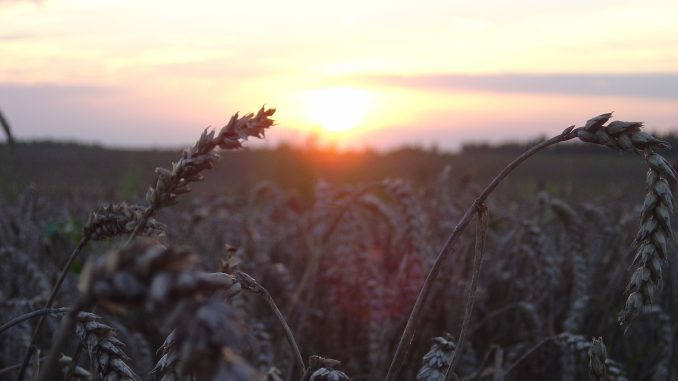
As public life shuts down around Europe and health systems buckle under the strain of the Covid-19 pandemic, concerns over food supply are the latest scare to make headlines. In recent weeks speculation is rife as to the potential impacts on agricultural production. According to Article 39 of the Lisbon Treaty, market stability and availability of supplies are the backbone of CAP. To what extent can the coronavirus crisis affect agricultural production, and therefore the security of supply? In part 1 of this two part series, Sebastian Lakner crunches the numbers to identify the real risks to Europe’s food supply.
Sebastian Lakner
Many of the potential effects and problems related to Covid-19 are impossible to predict. Based on the figures available, here is a broadbrush overview of the impacts we can tentatively expect on agricultural production.
Agricultural Production is on Track for this Year
To begin with, let’s examine to what extent the harvest of the 2019/20 growing season is affected by the crisis. The growing season started last autumn. In most cases, fields were sown in September or October 2019 (for winter grains such as wheat, barley and rye, rapeseed and catch crops, and green fodder). The share of these crops can be estimated at about 60% according to 2016 figures. This is just an estimate, since in some countries, the division between summer and winter crops is not clear. We assume that the largest part of grains (wheat and barley) and rapeseed are winter crops; however, a small proportion of these crops might be still seeded in summer.
For crop production, the largest part of the seeding process will be almost unaffected between now and the summer. Deliveries of seeds, fertilizer and plant protection products have been bought already, or are in stock at the traders and can still be purchased. Over the coming months crops like maize, potatoes, sugar beet and other summer crops are going to be seeded. However, in many EU countries, this work is done largely with machinery and on-farm labour only. Therefore, in the near-term perspective, there is little shortage to be expected.
In the longer term, the delivery of fertilizer via international markets may become a problem since some of the production plants in China have been shut down.
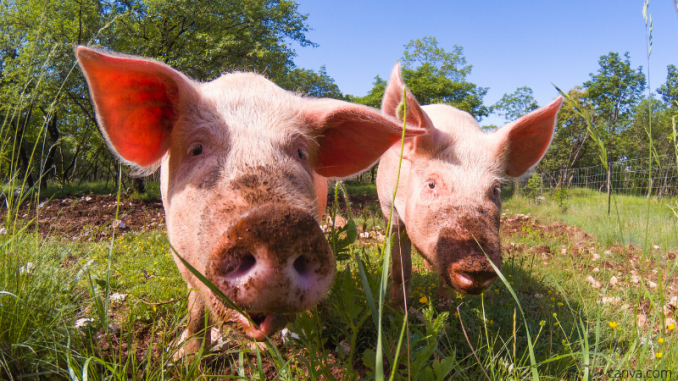
Animal production is also unlikely to present shortages in the near term. Milk and pig production are automated to a large extent and fodder has been purchased over the winter. Some farms are still using their stock of silage, grain and maize. However, here we see a stronger dependence on deliveries of fodder based on soybeans and other feed components. Much will be determined by the fodder industry’s ability to produce and deliver in the weeks ahead.
The main bottleneck is trade and deliveries of fodder, and the imports of soybeans from Latin America and possibly other feed substances.
In sum, in the near-term perspective of this season, for the large part crop and animal production may only be affected by the coronavirus crisis in isolated cases, for example if a farming household gets infected. However, there is little reason to assume a large-scale systemic problem. The situation of food markets over the next months should be stable and even harvests this year will not substantially decrease – especially given the poor yields from the two last seasons in Germany due to drought.
EU is Largely Self-Sufficient
Can expect a scarcity of raw agricultural products and food? To answer this question, let’s first of all clarify the EU’s self-sufficiency ratio: the proportion of food consumed that comes from raw products produced within the EU.
In many parts of the EU, the self-sufficiency ratio is more than 100%. For decades the EU has had a high self-sufficiency rate for many agricultural markets. Unfortunately, there is not one single data-source for this. Eurostat stopped publishing the datasets because in the past many EU member states failed to submit data. Eurostat and the EU Commission still provide figures on the meat markets, and we can find single calculations for the grain markets in the pre-Brexit EU-28 on an aggregated level. See for example the German Federal Agency for Agriculture and Food (BLE), or the German Ministry for Food and Agriculture’s Statistical Yearbook for Agriculture.
For animal products in the EU, self-sufficiency is high in many categories:
Self-Sufficiency Ratio in the EU-28 in 2018
| Self-sufficiency in the EU-28 in % | |
| Beef | 104 |
| Pork | 119 |
| Poultry | 106 |
| Sheep and goat meat | 91 |
| Meat in total | 122 |
| Eggs | 103 |
| All animal products | 103 |
Source: Statistical Yearbook Agriculture 2019; based on data from Eurostat.
A similar picture can be found for grain production within the EU-28 for 2018/19, which was a year of low rainfall and therefore poor harvests in parts of Germany and Scandinavia.
Self-Sufficiency Ratio for grain production in the EU (2018/19)
| Self-sufficiency in the EU-28 in % | |
| Soft Wheat | 108 |
| Barley | 120 |
| Durum Wheat | 90 |
| Maize | 84 |
| Rye | 94 |
| Sorghum | 92 |
| Oats | 99 |
| Triticale | 99 |
| Grain total | 101 |
Source: BLE 2020.
For most meat and grain products, the EU is producing more that it consumes, leading to a net-export situation. For grain, the balance of trade is almost zero in 2018/19, for some products slightly negative, however for the two major types of grains (soft wheat and barley) it is over 100%. Overall, for both meat and grain there is no argument as to why the EU should fall short of food supply. This statement is valid as long as intra-EU trade and international trade are still functioning.
For imports to the EU, the most important agricultural commodities are listed in the table below:
Imports into the EU from the Rest of the World
| # | Product | Quantity in tonnes |
| 1 | Cake, soybeans | 18,553,851 |
| 2 | Soybeans | 14,473,475 |
| 3 | Maize | 12,006,633 |
| 4 | Oil, palm | 6,637,016 |
| 5 | Wheat | 5,531,324 |
| 6 | Bananas | 5,431,240 |
| 7 | Rapeseed | 3,282,835 |
| 8 | Coffee, green | 2,963,002 |
| 9 | Sugar Raw Centrifugal | 2,235,061 |
| 10 | Cake, palm kernel | 2,191,698 |
| 11 | Rice – total (Rice milled equivalent) | 1,824,760 |
| 12 | Cocoa, beans | 1,665,934 |
| 13 | Oil, sunflower | 1,408,231 |
| 14 | Oil, palm kernel | 694,316 |
| 15 | Oil, coconut (copra) | 512,345 |
| 16 | Beans, dry | 473,184 |
| 17 | Avocados | 445,205 |
| 18 | Barley | 339,433 |
| 19 | Oil, soybean | 301,960 |
| 20 | Cake, rapeseed | 256,048 |
Source: Own compilation based on FAO trade statistics. The trade volume is corrected for intra-EU trade.
Soybeans, maize or palm oil may become scarce if trade is not fully functioning. The most important uses of these commodities are in biofuels and fodder production. In the medium-term perspective, reduced international trade may lead to a shortage of supply that could drive up fodder prices. In such a scenario substitutes may be available, however. Also, we cannot yet predict to what extent international trade might be affected by Covid-19. In the weeks and months to come we will see how this develops: whether free trade is affected, and whether certain goods become scarcer.
Trade Flows could be a Critical Roadblock
The UN’s Food and Agricultural Organization has stressed the role of trade flows in ensuring food security. For the EU’s interconnected agribusiness model, trade in commodities is crucial to food supply. Over the coming months we must closely observe the stability of trade relations in delivering agricultural commodities and farm inputs, as this will be a decisive factor for agricultural production. Long queues at border controls (for example, 17-hour waiting times were observed two weeks ago at the Czech-German border) will affect transport, especially in the case of fresh produce. The timely delivery of food is imperative. So far in Germany demand has shifted slightly, but delivery is stable for many products. The European Commission and member states must now resolve the issue of over-complex border controls in order to enable trade flows of agricultural goods and food in the months ahead.
In part 2 of this series we’ll delve into the shortage of seasonal workers, and make some tentative predictions about the impact Covid-19 could have on agricultural production in the EU.
This is part one of a two part series, which was originally published in German on Sebastian Lakner’s blog. Part two is below.
More on Covid-19 and Food Supply
Effects of Coronavirus on Agricultural Production – a First Approximation (part 2)
UK | Coronavirus: Rationing Based on Health, Equity and Decency now Needed
Framing Farming – Nationalism, Food Security and Food Sovereignty
UK | Coronavirus Diary: the Virus That Did a No-Deal Brexit on our Food Supply
Coping with Covid19 – Commoning as a Pandemic Survival Strategy
Council of Ag Ministers meet on Covid19 | Green Lines, State Aid, CAP Extension
Coping with Covid19 – Tensions in Farming, Trade and the EU Institutions
Coping with Covid19 – the Open Food Network and the New Digital Order(s)

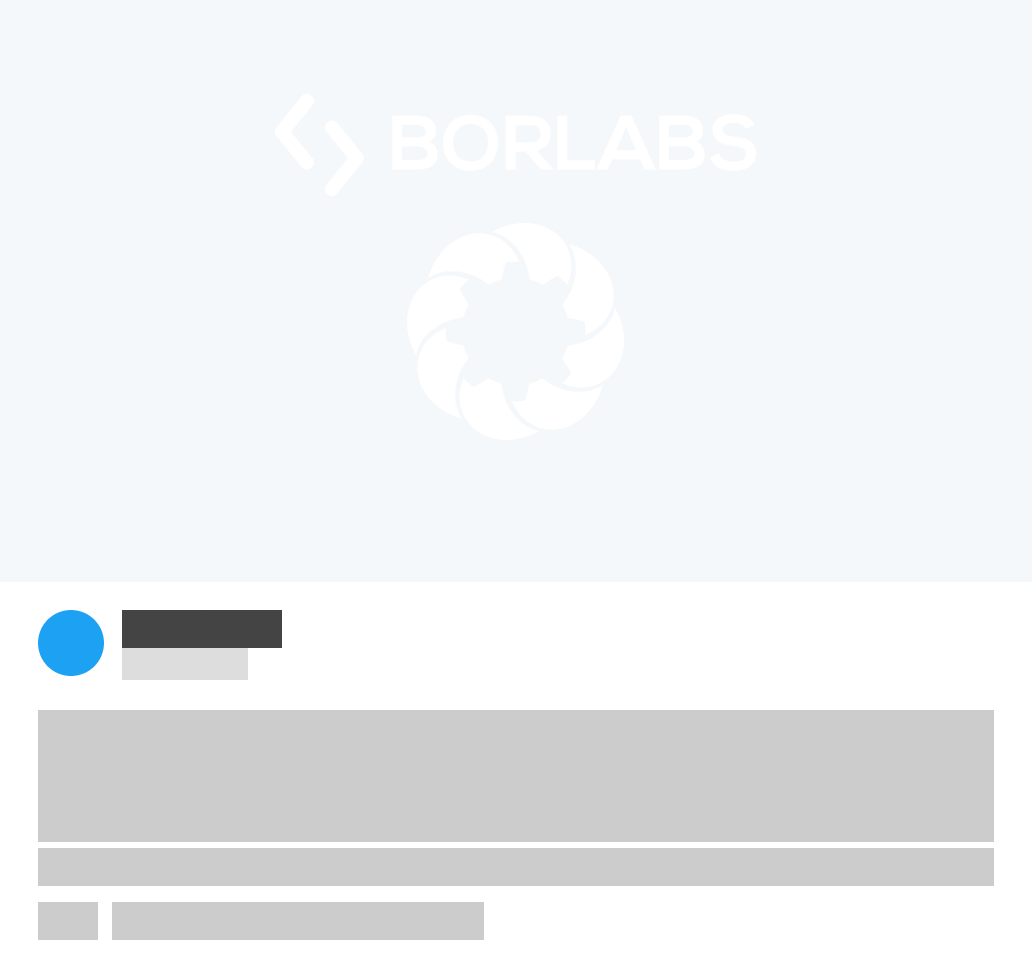

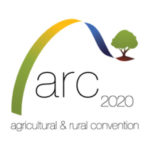
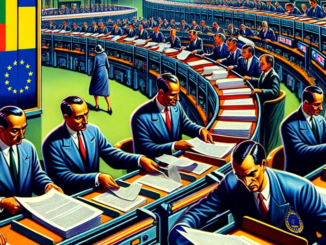
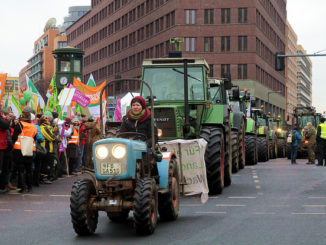

2 Trackbacks / Pingbacks
Comments are closed.